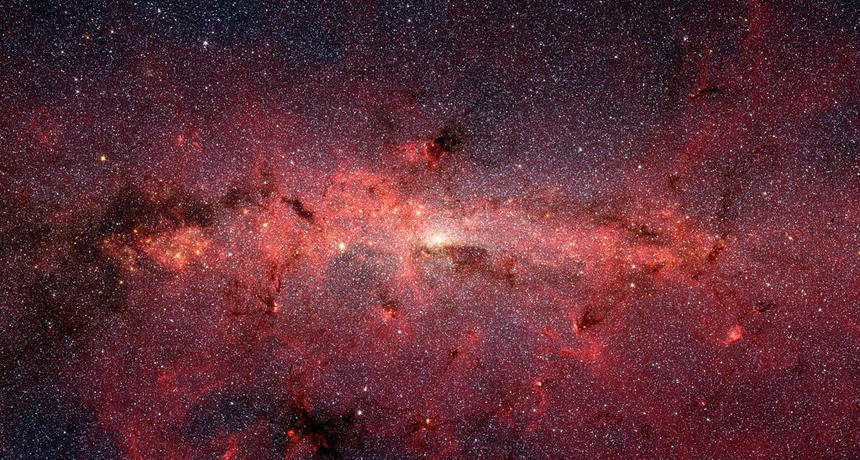The Milky Way’s ‘flag’ action
Our galaxy flutters, but astronomers are perplexed as to why

New observations suggest that our Milky Way, shown here, flutters along its axis.
JPL-Caltech/NASA, S. Stolovy
Our galaxy flutters, but astronomers are perplexed as to why

New observations suggest that our Milky Way, shown here, flutters along its axis.
JPL-Caltech/NASA, S. Stolovy